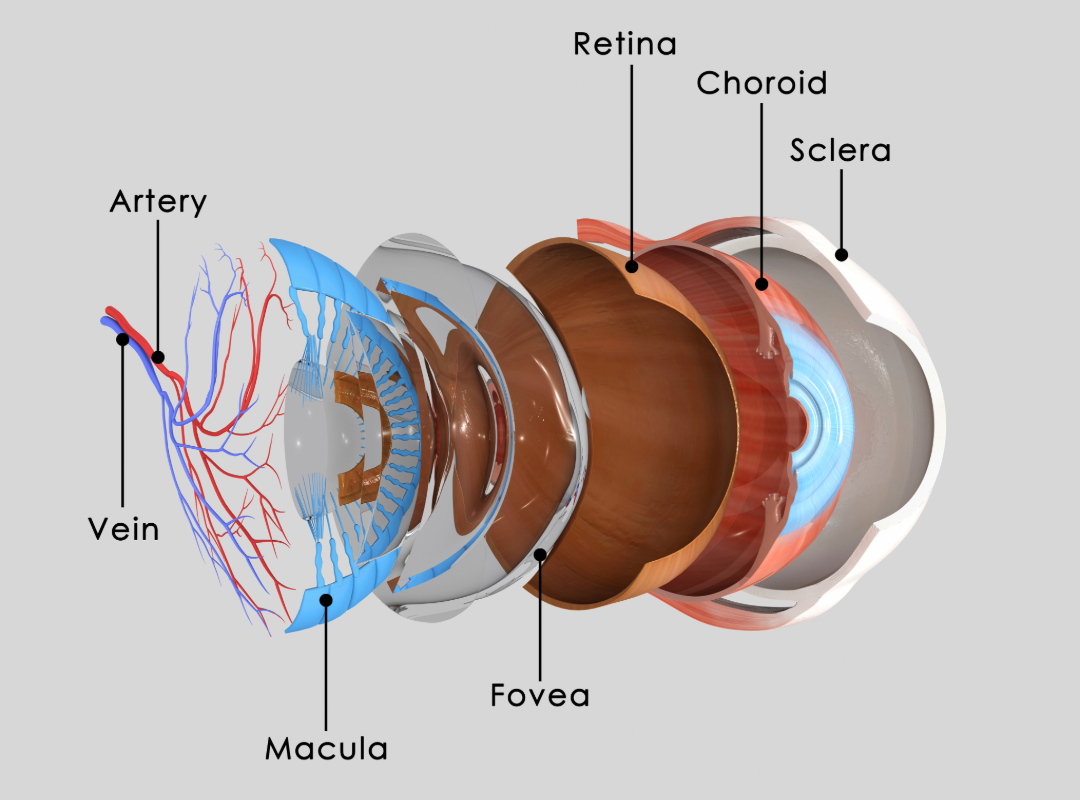Retinal Detachment
Causes, Symptoms, Diagnosis, and Treatment
What is Retinal Detachment?
Retinal detachment occurs when the retina—the thin layer of light-sensitive tissue at the back of the eye—pulls away from its normal position. This condition is a medical emergency that, without prompt treatment, can lead to permanent vision loss. The retina plays a critical role in converting light into signals sent to the brain, making it essential for clear vision. Retinal detachment can happen suddenly or develop gradually, so understanding the signs and seeking immediate care is crucial.
Retinal detachment requires immediate care!
If you are experiencing symptoms of retinal detachment, do not wait. Contact us or seek medical attention at your nearest hospital.
Symptoms of Retinal Detachment
Sometimes there are no symptoms of Retinal Detachment, but if they do occur, symptoms often include:
- Sudden appearance of floaters (small shadowy shapes or specks in your vision)
- Flashes of light in one or both eyes, often described as “lightning streaks”
- A dark shadow or curtain effect that spreads across your visual field
- Blurred or distorted vision
- Loss of peripheral (side) vision
Common Causes of Retinal Detachment
- Aging: Changes in the vitreous (the gel-like substance inside the eye) can lead to tears or holes in the retina.
- Eye Injury: Trauma to the eye can cause the retina to detach, even years later.
- Severe Myopia (Nearsightedness): High levels of nearsightedness increase the risk due to the elongated shape of the eye.
- Family History: A genetic predisposition can increase the likelihood of detachment.
- Previous Eye Surgery: Procedures such as cataract surgery may increase the risk.
- Inflammation or Infection: Conditions like uveitis can weaken the retina.
Diagnosing Retinal Detachment
Our optometrists at Saugeen Vision Centre can diagnose retinal detachment through an emergent and thorough eye exam. Our optometrists will carefully examine your eye through a dilated eye exam, Optical Coherence Tomography (OCT) and other tests if necessary. The patient will then be referred to an ophthalmologist for care.
Treatment Options for Retinal Detachment
Treatment options depend on the severity and type of detachment but it often involves surgery to reattach the affected retina and prevent further vision loss. If reattachment surgery is not necessary, other treatments typically include:
- Laser Surgery or Cryopexy: Seals tears or holes in the retina (that did not involve complete detachment)
- Pneumatic Retinopexy: A gas bubble is injected into the eye to press the retina back into place, followed by sealing with laser or freezing.
- Vitrectomy: Removes the vitreous gel to repair larger tears or detachments.
- Scleral Buckling: A silicone band is placed around the eye to counteract the force pulling the retina out of place.
Risks of Untreated Retinal Detachment
If left untreated, retinal detachment will lead to irreversible blindness in the effected eye. The longer the retina remains detached, the higher the risk of permanent damage. A history of retinal detachment in one eye also increases the risk for the other eye. If you're experiencing symptoms, it’s important to seek professional medical care immediately.
Regular eye exams are crucial in catching signs early and helping you find relief with the appropriate treatment plan. If you’re experiencing symptoms of retinal detachment, contact your optometrist for an emergent exam or seek medical care at your nearest hospital.









